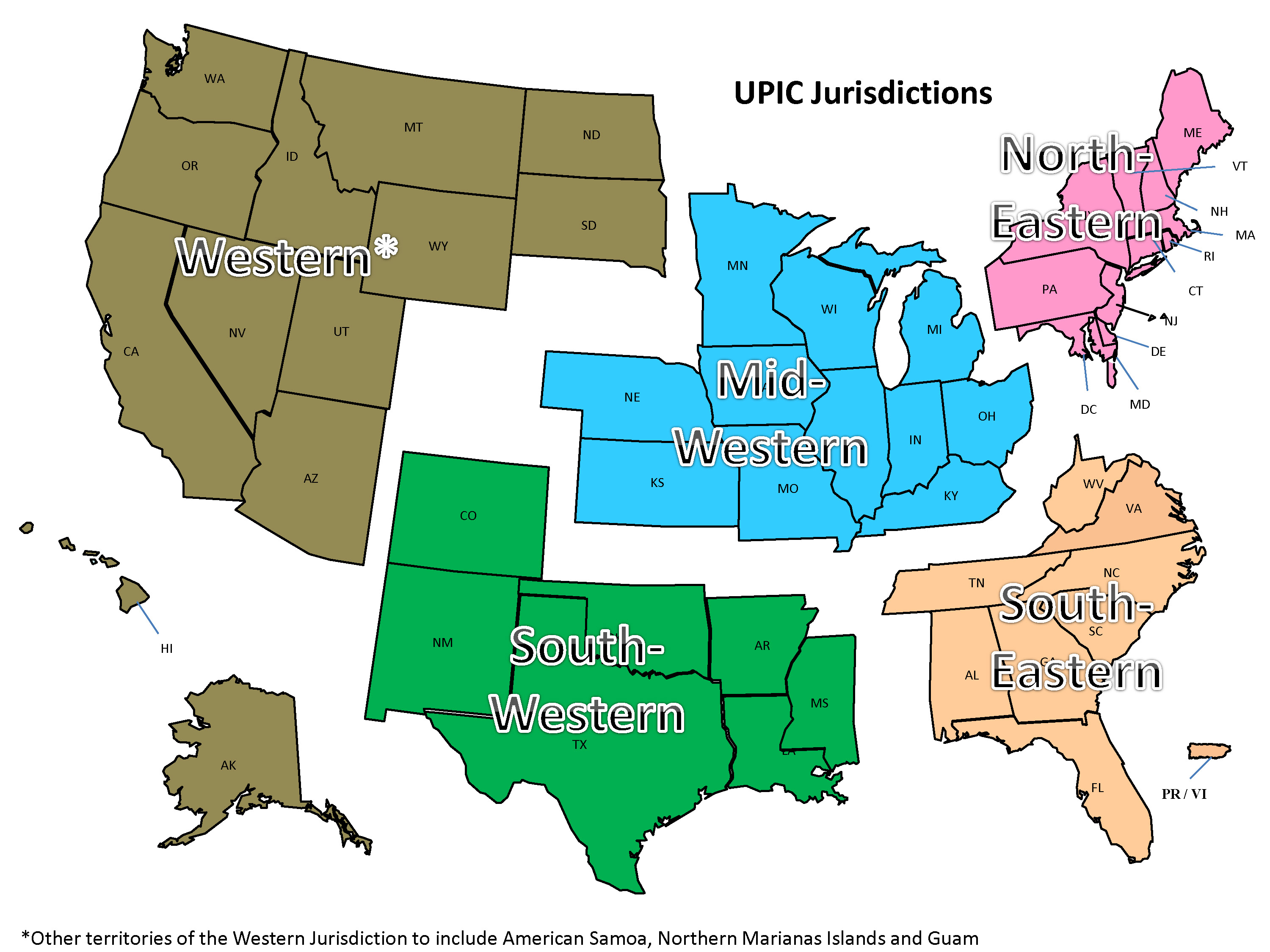2020. 2. 9. 02:22ㆍ카테고리 없음
PSpice has been used for power supply design simulation for years due to its accuracy, performance and mixed-signal simulation and system level analysis capabilities across multiple levels of abstraction.

. ngSpice is available for gEDA. gnuCAP is also available for gEDA. LTSpice is free from Linear Technology. I thought that one of the other analog chip makers had a spice too but I can't remember who:( I have been to a few talks on simulation given by physicists and EEs who have done chip design.
Each of the talks seems to end like this -. Except for simple circuits you will spend most of your time getting models and determining where the models need to be modified for your application. Unless you are doing work for an IC manufacturer the manufacturer will not give you detailed models.
You will not be able to avoid a prototype. You should only simulate subsections of your design. Simulating the entire design is not usually practical. Also most of the free simulators are not distributed with models.
Re-distribution of the models is usually a copyright violation. LTspice is distributed with models of the Linear Tech parts. I am not sure the quality of the models. Most manufacturers do not want to reveal too many details about their process. I found an excellent online written in Java, and its free-and-open-source. You can play with the software by visiting the link, and wait for the applet to pop-up.
(you need the ) Edit components and connections by right-clicking anywhere/on a component. You can build entire circuits using this and simulate it visually to understand how the circuit works. (voltage is shown in green/red, simply amazing) If you start with one of the gate, (choose it from the Circuits menu), then you can click on gates or digital signals to switch them on/off, and see your circuit react. You can setup oscilloscope views on any connection too.
Hspice Software Download
(see bottom of the pic). There are a couple of heavy-duty packages and a lightweight program for Linux. The serious packages are. They are each a collection of programs that work well together (like Orcad); they include a schematic capture, a simulator, a waveform viewer, and a PCB layout tool.
They are very sufficient except my professor requires the '.out' file generated by pspice, so I still have to use that. The lightweight program is. It's great for quick simulations. The libraries are quick and easy to use and find parts from.
The schematic capture is much easier to use and prettier than the other programs. It uses either gnucap or ngspice for the simulations, so they're pretty good. One major drawback that I have found is that the waveform viewer does not provide a logarithmic view and there's no way to get data out of it.